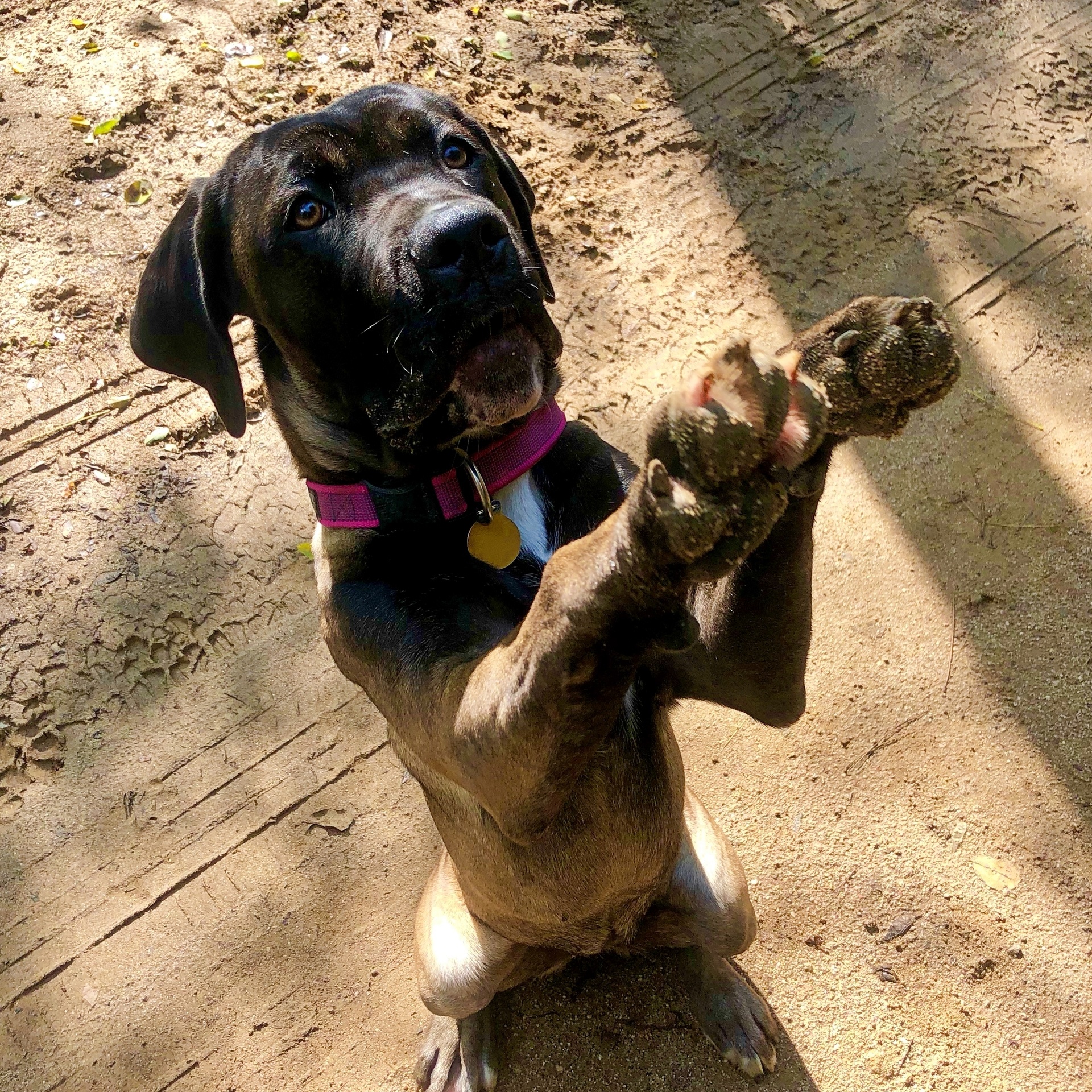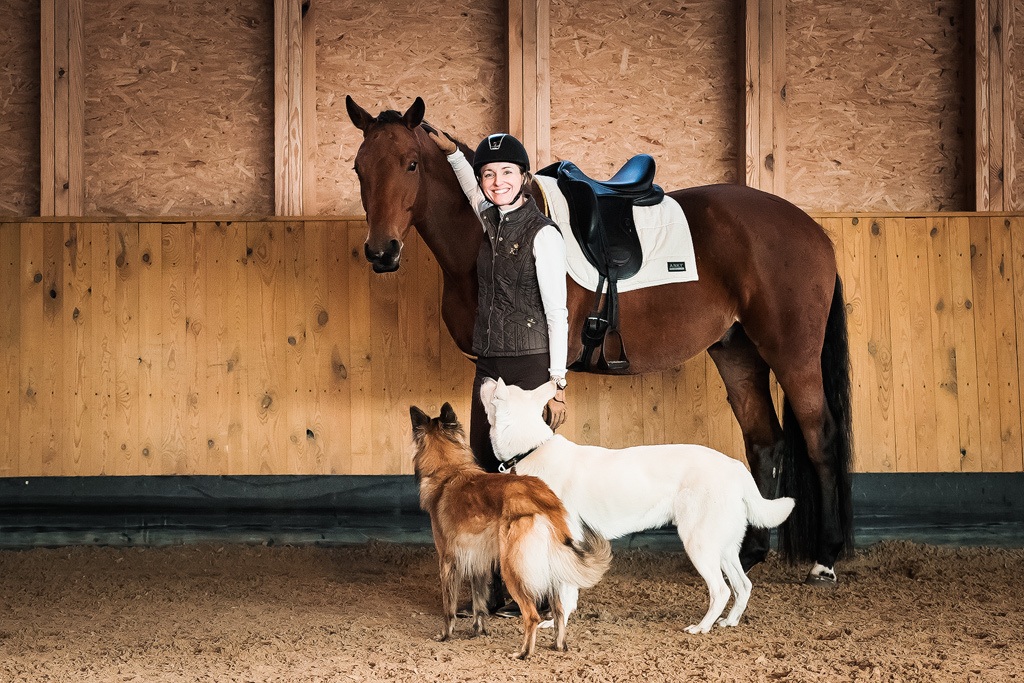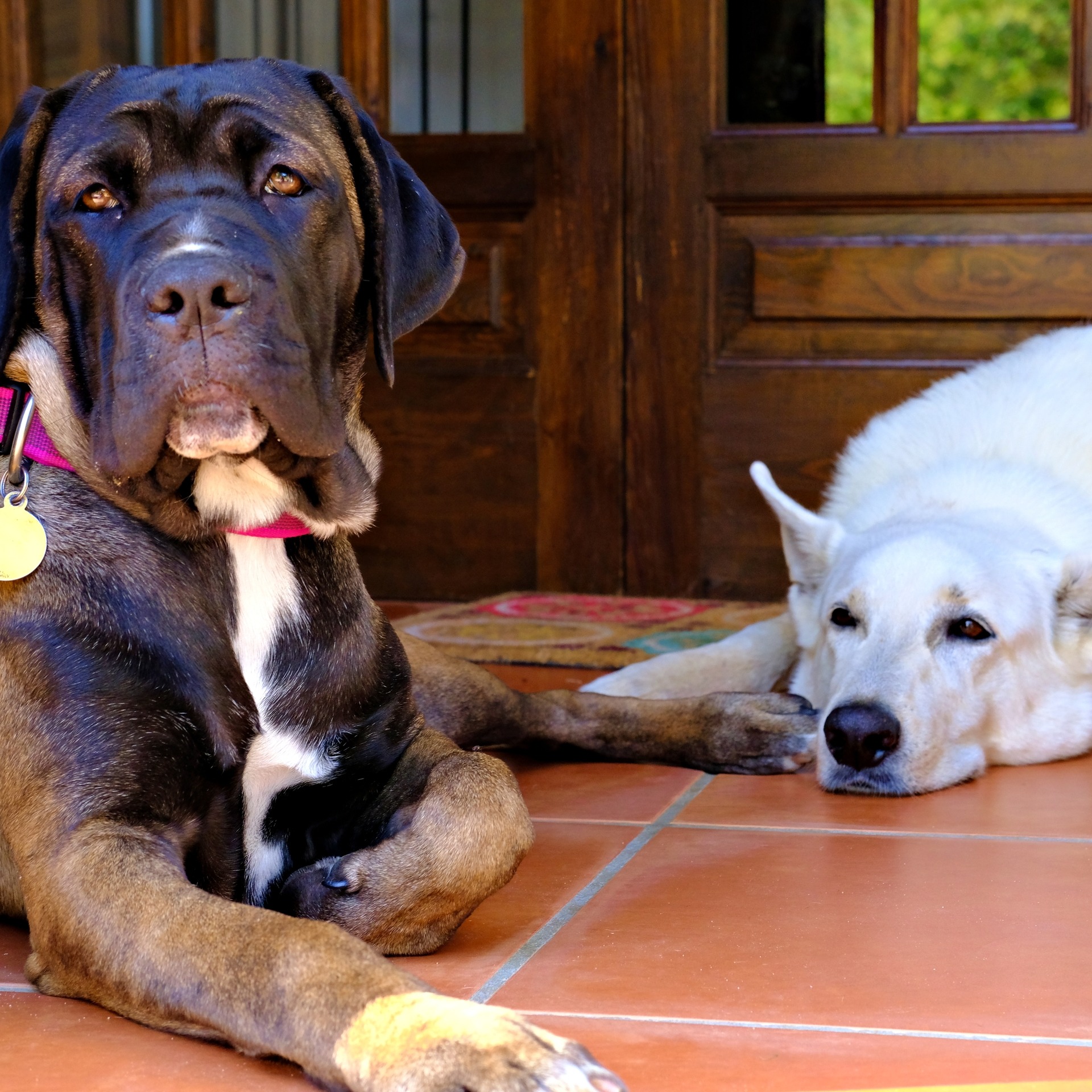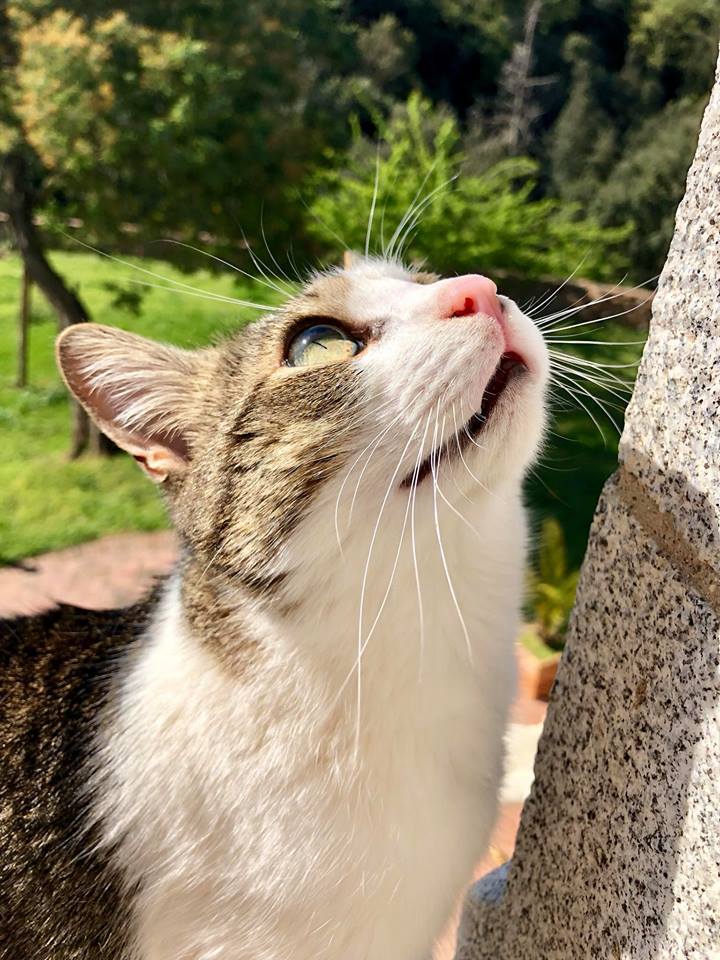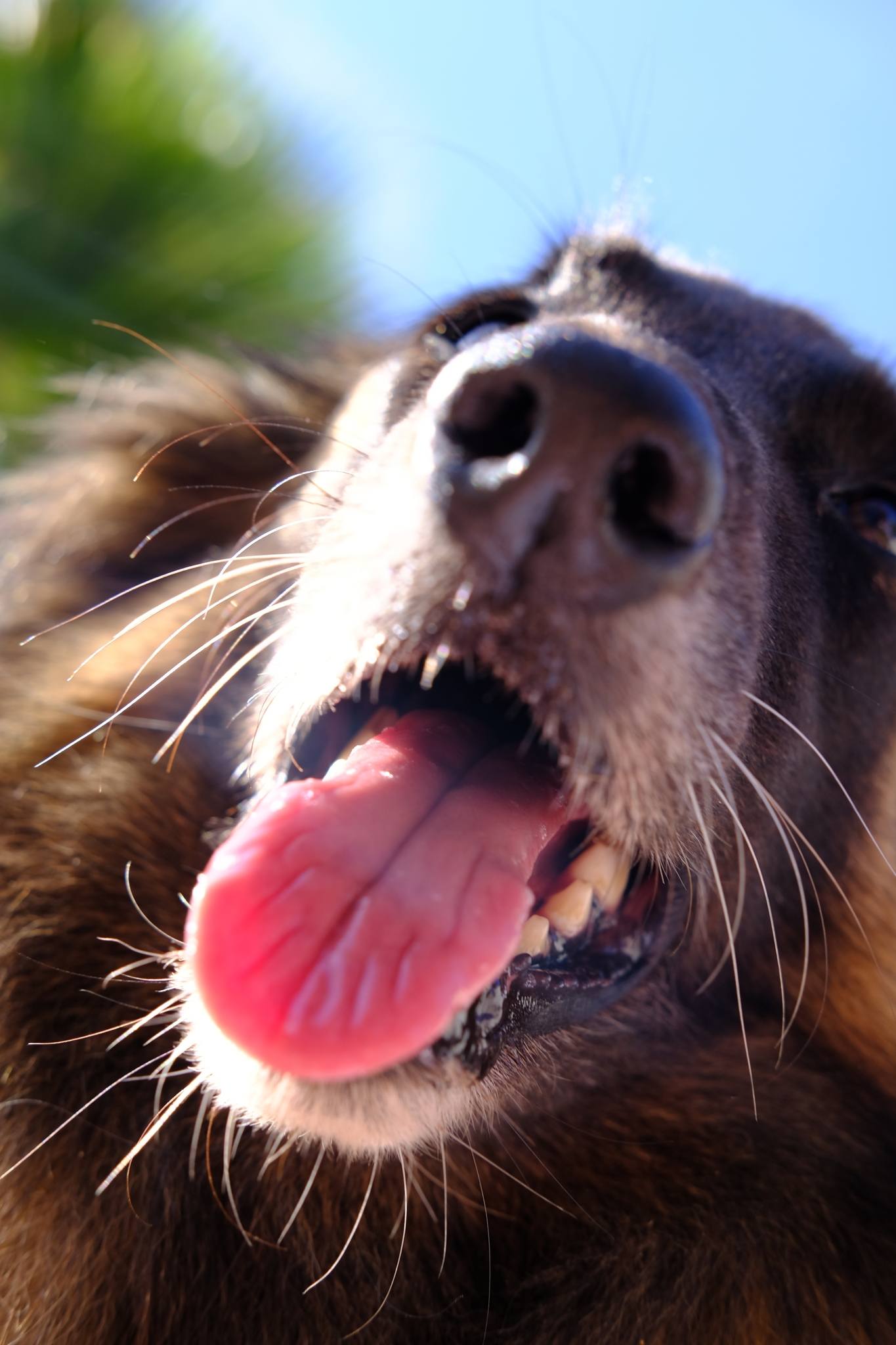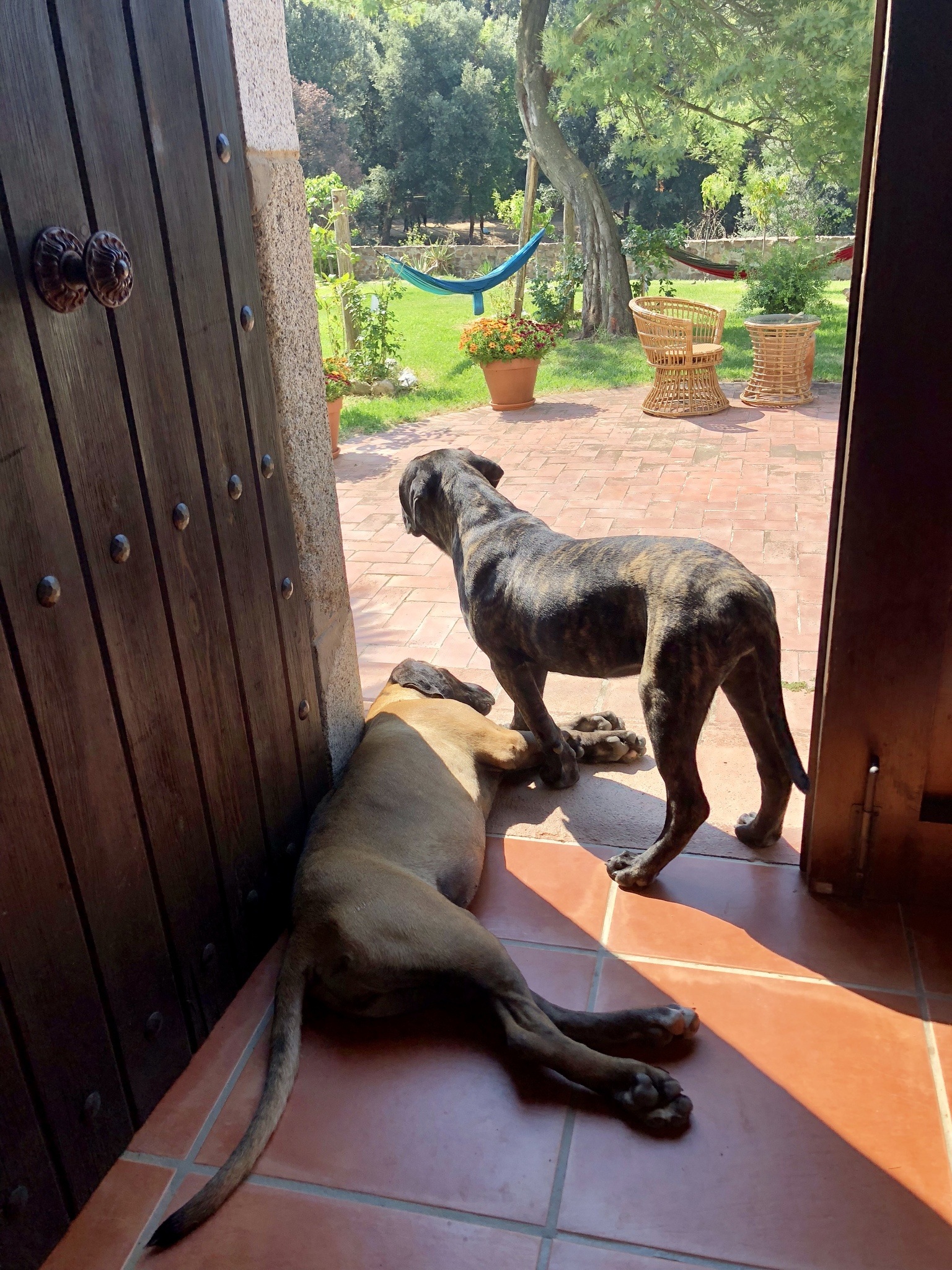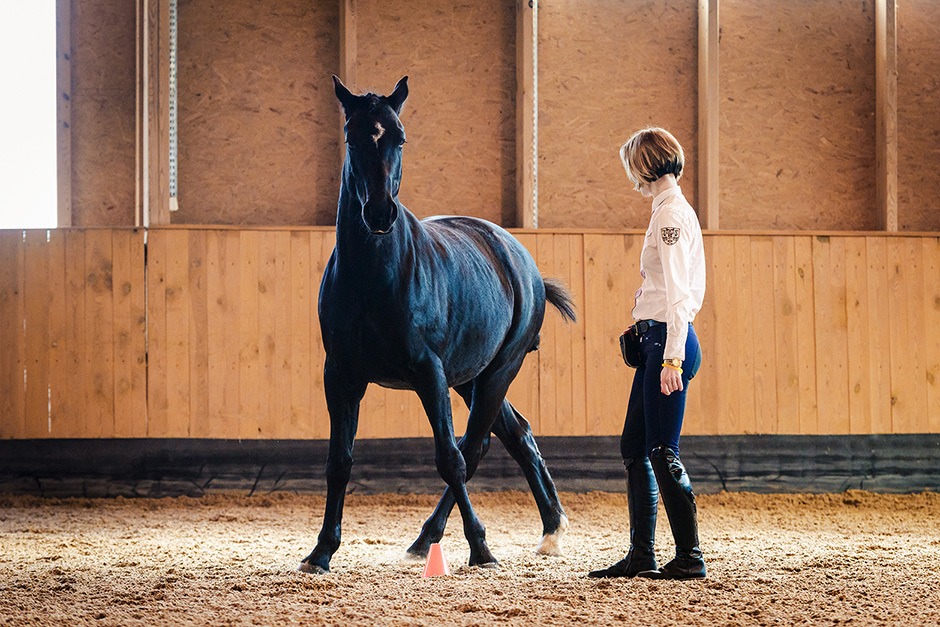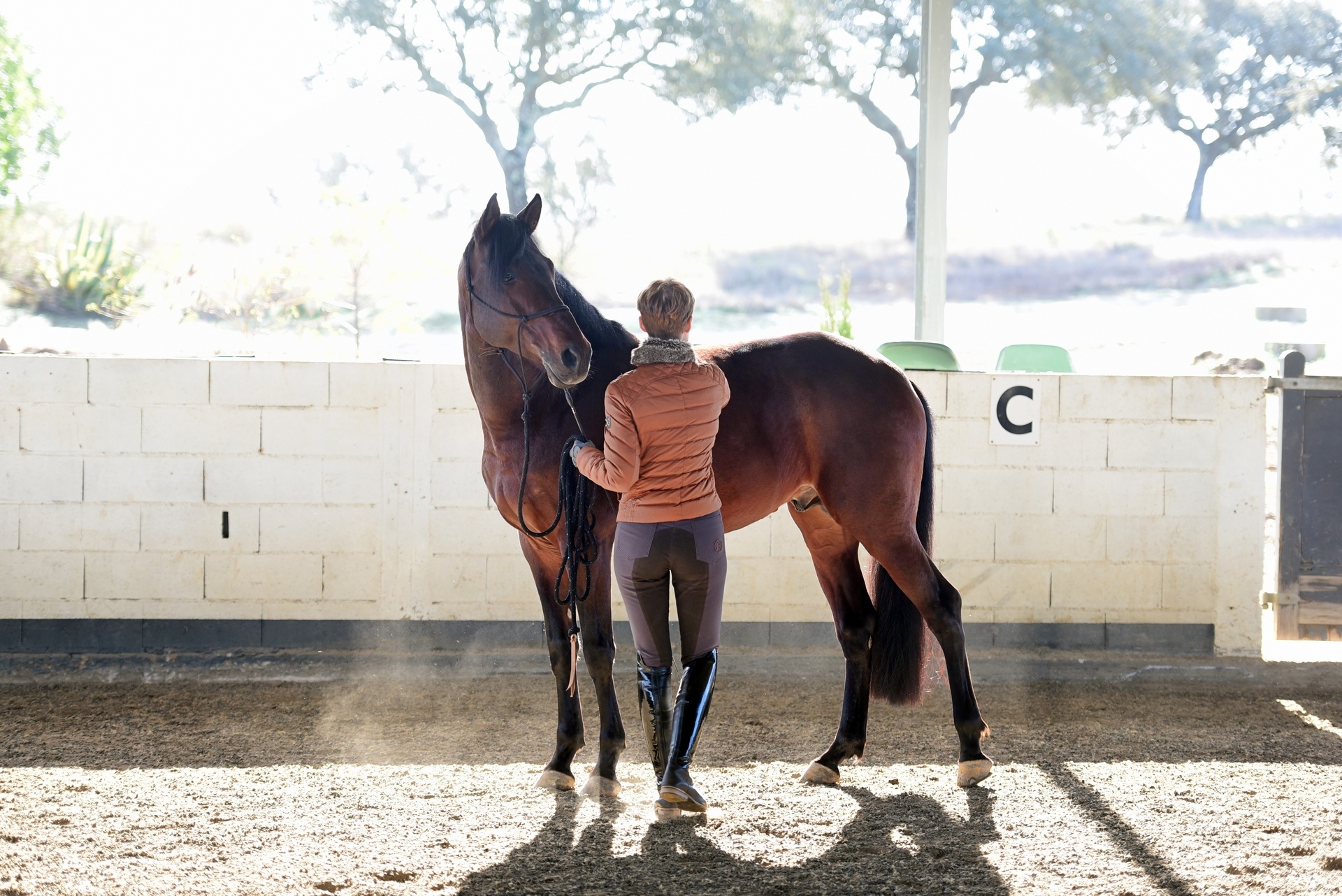During the first Week of Optimal Performance Program you are going to teach your dog how to relax. You already know that the body of your dog seeks relaxation in the most natural and automatic way. It’s enough to give a body a moment of rest, and it will start to unwind. The problem with
DOs of Optimal Performance Program: Keep everything fun and light. Relaxation is the opposite of effort, seriousness and tension. When your trainings become heavy and too intellectual, your tensions make relaxation difficult for your dog. Follow instructions of the Program. The easiest way to be successful is to just follow the successful recipe. Allow yourself
Teaching Relaxation to your dog will be one of the easiest, and at the same time one of the trickiest tasks that you have ever faced in your entire life. What will make it easy is the simplicity of the procedure and the naturalness of the whole process. You will find the process pleasurable, fulfilling
Relaxation Sign is a natural response of the body to the process of relaxation, which has already happened within the body. We can say that a relaxation sign is a pathway for the tension to leave the body, after the release of the tension already happened within the body. For example, many times when people
Relaxation is the most natural function of the body. Your and your dog’s bodies function through tension and relaxation. Let’s take a look at the breathing. It’s one of the most natural processes happening in the body, and the one that doesn’t need to be governed by your conscious mind. It’s natural succession of tension
Clench your fist. Feel it. This is tension. Muscles engaged into clenching the hand are flexed. Muscles, joints and bones of the hand are closer to each other, there is less space between the tissues. Now, stop clenching your fist. Let go of the tension in your hand. This is relaxation. How you have felt
Welcome to the Optimal Performance Program Workshop for DOGS! In the life of a modern dog stress reaction of the body is activated way too often, and most of the time — in a disproportionate way to the situation. Regular training is based on either controlling the stress responses of dogs (barking, fiddling behaviors, losing
Welcome to Module TWO: In this Module we will speak about the importance of walk, which is the mother of all gaits, and we will introduce you and your horse to the work on the square. Walk, the mother of all gaits I am sure that you have already heard in your riding/horsemanship career that the walk
Many times, when I advice students upon choosing their new horse I hear them saying: “I want my horse to be open“, and “I want my horse to be friendly“, and “I want my horse to be eager to engage, responsive, giving, patient, proud, easy to connect with, I want him to have a good memory and
The below material I see as a true pearl. It’s hardly ever that I have a chance and agreement to record Pawel working with horses, but here with Falcao I got Pawel’s permission. In the below video Pawel explains the difference between massage and touching in connection, and how this can influence the horse’s body.


